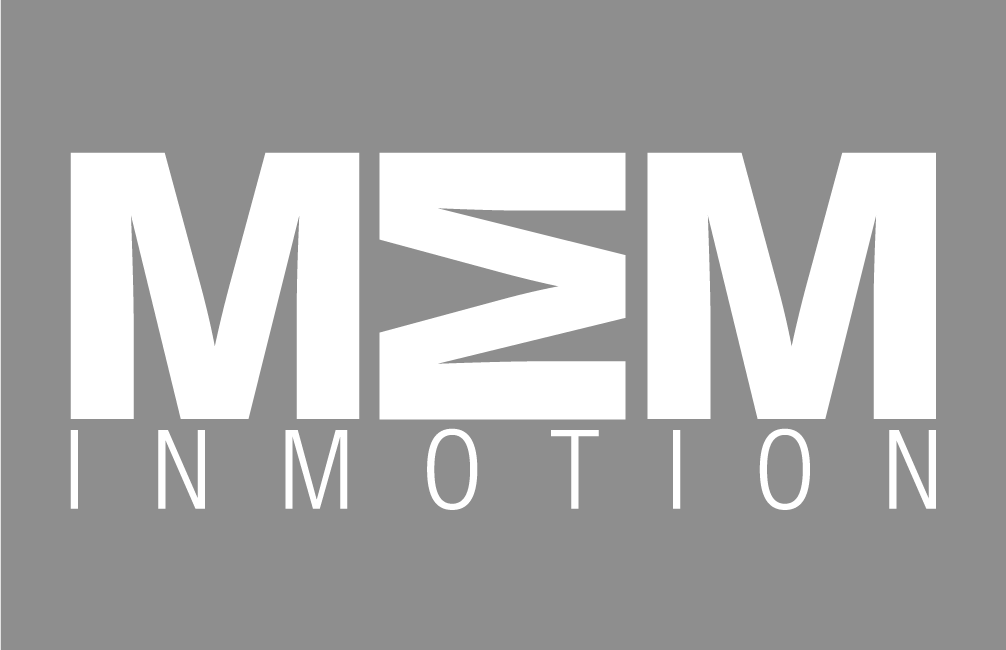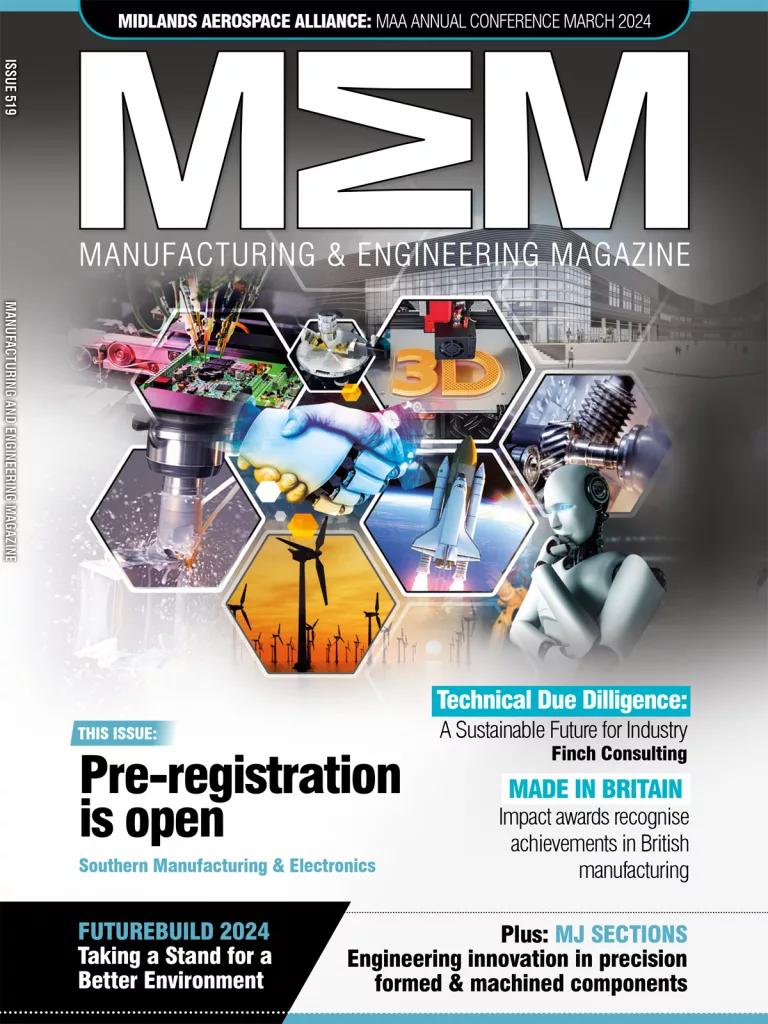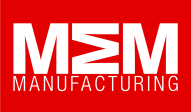Global aircraft manufacturing specialist, Airbus has revealed it is ever-closer to realising the ultimate ambition of aerospace business: the ability to produce highly complex and highly competent planes with additive manufacturing. The leading manufacturer continues to invest heavily in pioneering additive manufacturing technologies with a view to revolutionising the aerospace industryâs production line and has, most recently, inaugurated a new AM initiative.
Itâs through Airbusâ express commitment to creating innovative, and ultimately better, ways to fly that the firm continues to be ahead of the game when it comes to additive manufacturing. At the start of the month, the company launched a new additive manufacturing initiative which pools the skills, expertise and experience of Airbusâ engineering, manufacturing and procurement divisions with the hope of developing 3D printing technologies that are both capable and exceptional. And having long held a leading position in the aerospace industry, this coming-together of the best minds under the companyâs header will doubtless place Airbus is a strong position to lead in a new era of AM.
Jerome Rascal, the elected head of Airbusâ additive layer manufacturing initiative, was enthusiastic about the potential of the AM drive. He insisted that the scheme of investment would significantly enhance the companyâs technical and commercial competencies as well as fostering greater closeness between Airbusâ distinct divisions. Through the lucrative partnerships which Rascal highlights, it is thought the multinational manufacturer could develop 3D printing solutions for aircraft in the very near future.
In terms of what this might mean for Airbus and the aerospace industry more broadly, additive manufacturing would inevitably speed up production considerably â replacing the need for complex, multi-machine operations with just one and, of course, final assembly. More than that, with fewer operations, fewer materials and significantly less downtime and wastage, AM also has the potential to usher in a new environmental age in the industry.
Of course, Airbus has already dabbled in additive manufacturing; 3D-printed parts are currently used across the firmâs commercial range of aircraft, including the popular A350 widebody and A320neo. Indeed, for the firmâs newest aircraft, the A350 XWB, the company has produced over 2,700 additive manufactured, plastic parts. Beyond plastics, Airbus is also working with the European Aviation Safety Agency (EASA) in order to develop additive manufacturing technologies capable of produce titanium parts to an aerospace qualification standard.

Whilst AM arguably represents the greatest changes to the production process, itself, Airbus hasnât ruled out exploring the uses of 3D printing for cabin renovation. Indeed, Rascal readily admits, There are surely applications and paradigm changes we have not thought of yet.
With that in mind then, Airbus is set to explore and develop 3D printing technologies in both a concentrated and outward-looking way. And following its previous successes and the launch of an AM initiative, the firm will likely do so with great reward.










